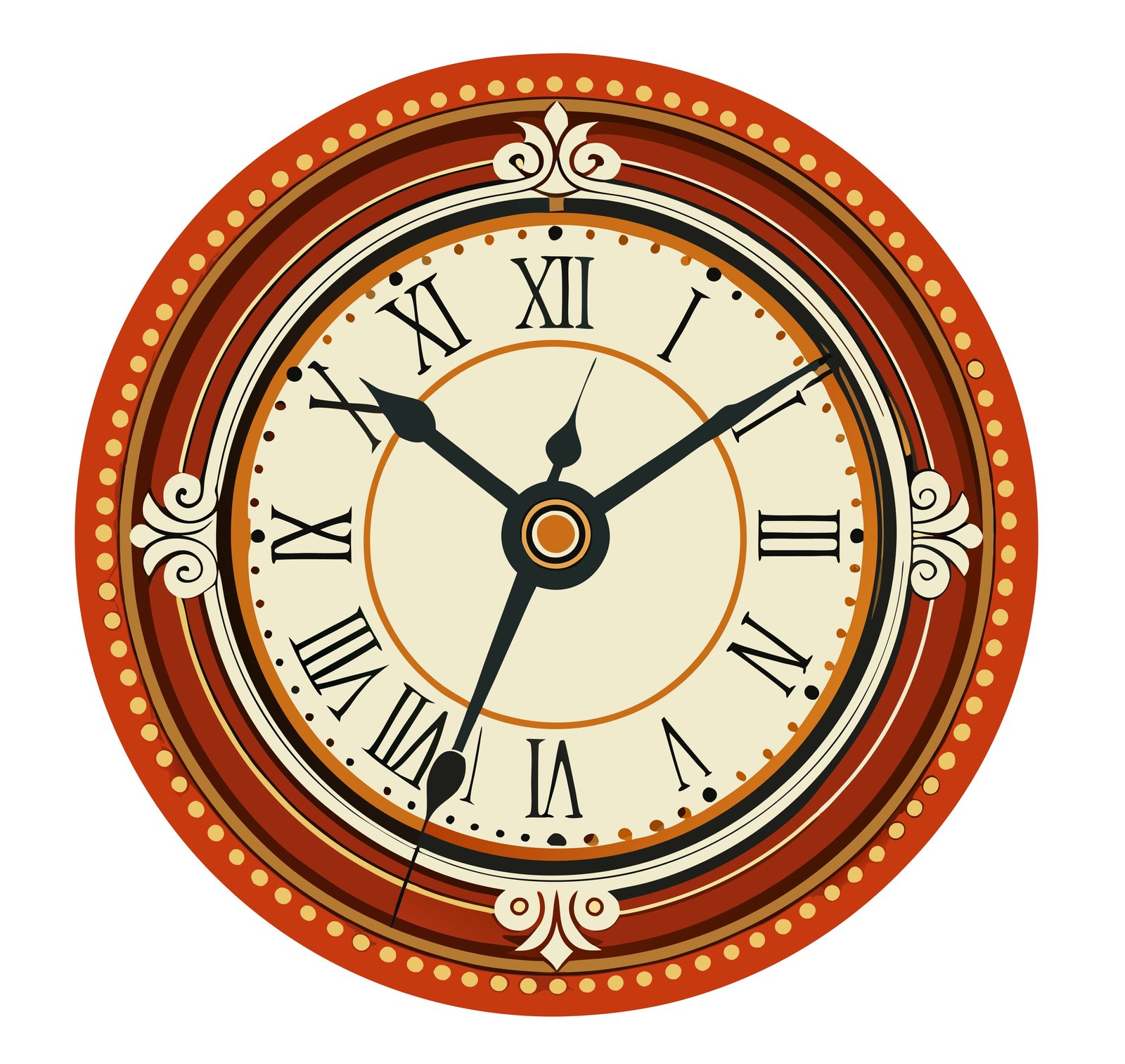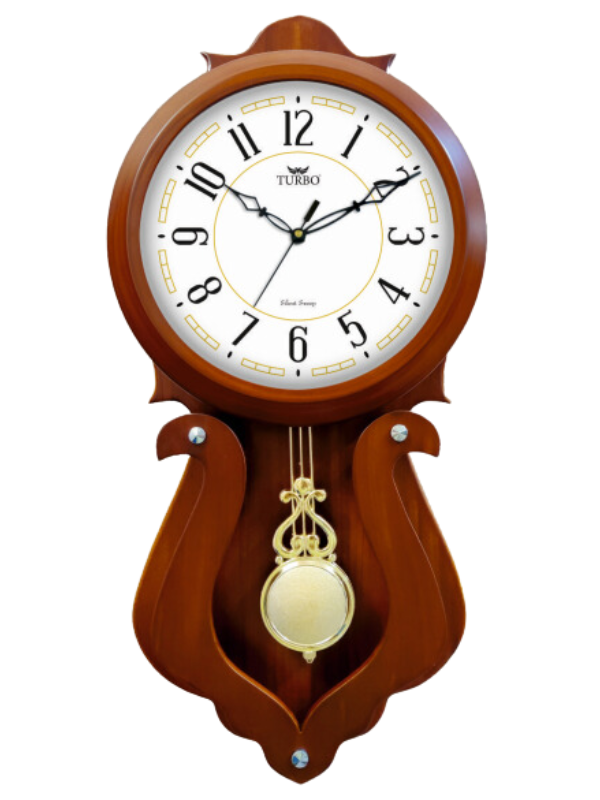
ABOUT Turbo Wall Clocks
Timeless Precision, Crafted with Care
At Turbo Decore, we believe that a clock is more than just a timepiece—it's a symbol of life's most precious resource: time. For over 20 years, we’ve been dedicated to creating clocks that combine timeless elegance, unmatched precision, and exceptional craftsmanship.
Our journey began with a passion for innovation and an appreciation for the artistry of traditional horology. Today, we continue to honor this legacy by designing and manufacturing clocks that seamlessly blend tradition and modernity. From the intricate mechanics of our wall clocks tells a story of dedication, expertise, and care.
Why Choose Us?
- Expert Craftsmanship : Our skilled artisans use the finest sustainable materials to ensure durability and beauty in every clock we create.
- Precision Engineering : We utilize cutting-edge technology alongside traditional techniques to guarantee accurate timekeeping.
- Timeless Designs : Our collection features a range of styles to suit every taste, from classic to contemporary.
Our Mission
Our mission is to inspire and enrich lives by helping people cherish every moment. Whether it's a centerpiece for your home, a gift for a loved one, or a reliable companion for your daily routine, our clocks are designed to stand the test of time.
A Commitment to Excellence
At Turbo Decore, we’re proud to uphold a standard of excellence that reflects our commitment to quality, innovation, and customer satisfaction. Every clock we produce is a testament to our belief in the power of time and its ability to connect people, create memories, and inspire greatness.
Discover the beauty of time with Turbo Clocks.
-
The Origin of Wall Clocks in India

The Origin of Wall Clocks in India
The journey of wall clocks in India is a fascinating blend of history, innovation, and cultural adaptation. While the concept of timekeeping has been an integral part of Indian civilization for millennia, with ancient sundials and water clocks marking the passage of time, the introduction of mechanical wall clocks came much later, primarily during the colonial era.
-
Early Timekeeping in India

Early Timekeeping in India
India has a rich history of astronomical and timekeeping instruments. Ancient texts like the Surya Siddhanta describe complex methods to measure time based on celestial movements. Instruments like the ghati (water clock) and yantras(astronomical tools) were widely used. These systems laid the groundwork for India's understanding of precise timekeeping long before mechanical clocks arrived.
-
Arrival of Mechanical Clocks

Arrival of Mechanical Clocks
The first mechanical clocks were introduced in India by European traders and missionaries during the 16th and 17th centuries. Portuguese and Dutch settlers brought these timepieces, which were initially seen as novelties. The British colonial period marked a significant shift, as clocks became more widespread, not only in homes but also in public spaces like railway stations, churches, and government buildings.
-
The Rise of Wall Clocks

The Rise of Wall Clocks
Wall clocks gained popularity in India during the late 19th and early 20th centuries. With the industrial revolution and advancements in manufacturing, wall clocks became more affordable and accessible. Indian households began adopting them as symbols of modernity and practicality. Local artisans and manufacturers eventually started producing wall clocks, incorporating Indian motifs and designs to cater to the domestic market.
-
Indian Wall Clocks Today

Indian Wall Clocks Today
Today, wall clocks in India are a blend of tradition and innovation. While digital clocks and smart devices dominate the market, Traditional Clocks continue to hold sentimental and aesthetic value. They are cherished not just for their functionality but also as decorative elements that reflect India's artistic heritage and modern sensibilities.
From humble beginnings as imported novelties to becoming an indispensable part of Indian homes, wall clocks have stood the test of time, symbolizing the evolving relationship between tradition and modernity in India.
